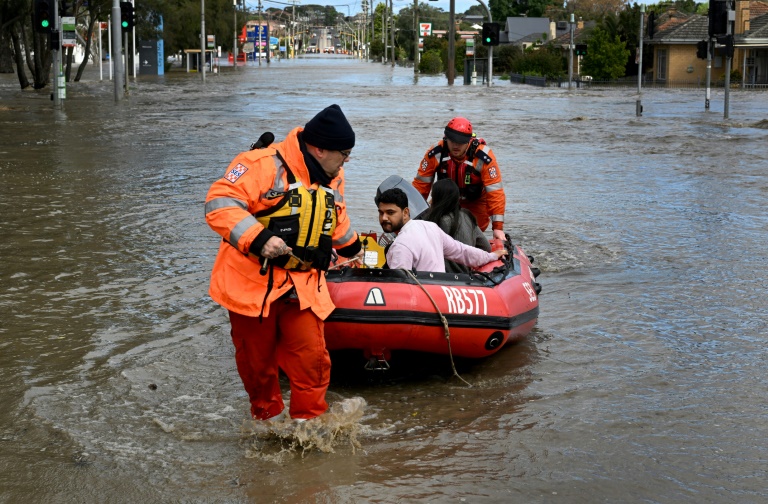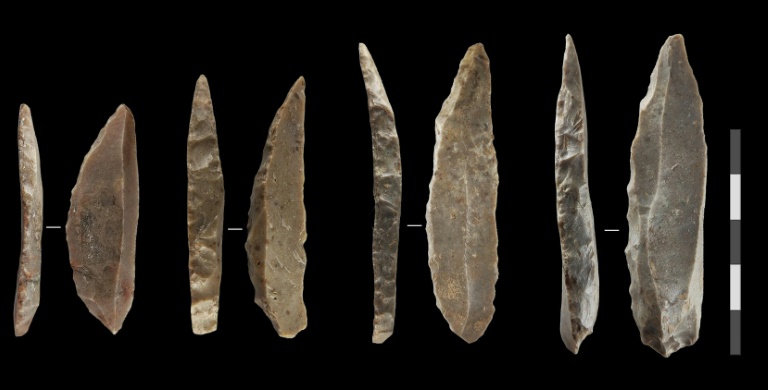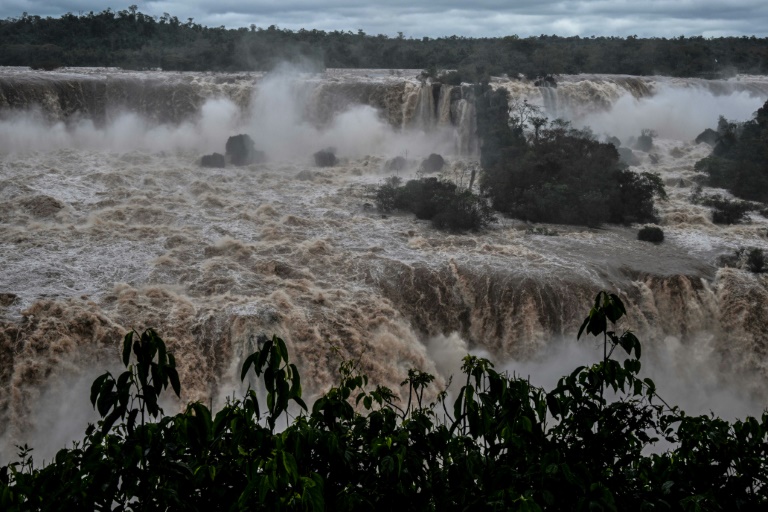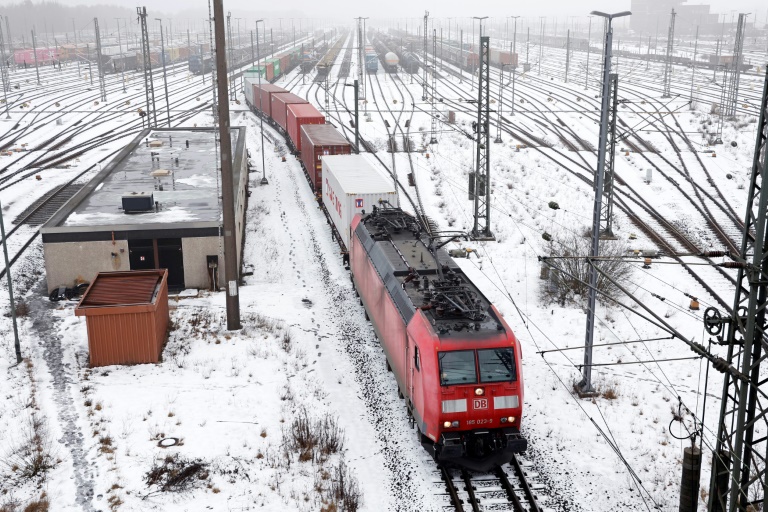Floods force evacuations in Australia
Emergency workers evacuate residents from flooded properties in the Maribyrnong suburb of Melbourne
Thousands were warned to flee their homes in southeastern Australia on Friday to escape surging floodwaters threatening towns across three separate states.
The flooding emergency was the worst in Victoria — Australia’s second most populous state — where on Friday morning rapidly rising waters swamped the Maribyrnong suburb of Melbourne, forcing evacuations.
The Victorian government was preparing to reopen a Covid-19 quarantine centre to shelter those whose homes were uninhabitable, state leader Daniel Andrews told ABC Radio.
“This has been a very, very significant flood event and it’s far from over,” he said Friday morning.
“The real challenge is waters continuing to rise and more and more houses being inundated, more and more communities being closed off.”
The ground floor of the Anglers Tavern, a pub on the banks of the Maribyrnong River, was on Friday morning almost completely under water.
Near-record flood levels were expected later on Friday evening in the towns of Shepparton and Murchison, north of Melbourne.
Northern parts of Tasmania — an island state south of Victoria — were on Friday also preparing for major floods.
Mass evacuation orders were issued, while heavy rains forced the closure of some 120 roads.
“Lives are at risk from floodwaters,” Tasmania’s state emergency service said in a statement.
In New South Wales — Australia’s most populous state — an evacuation centre was set up after intense downpours Thursday evening in Forbes, an inland town about five hours’ drive east of Sydney.
The New South Wales emergency service said flood levels in Forbes could peak on Friday as water moved downstream.
Australia’s east coast has been repeatedly lashed by heavy rainfall in the past two years, driven by back-to-back La Nina cycles.
The east coast flooding disaster in March — caused by heavy storms that devastated parts of Queensland and New South Wales — claimed more than 20 lives.
Tens of thousands of Sydney residents were ordered to evacuate in July when floods again swamped suburbs on the city’s fridge.










